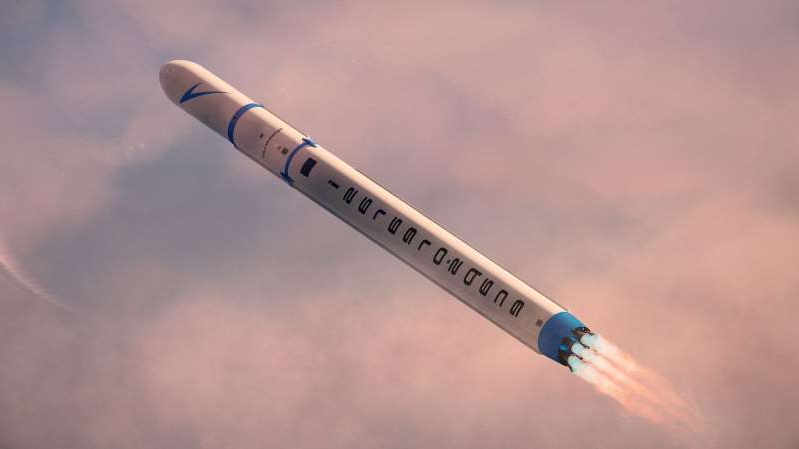US vs. EU Space Sector: The Future of the Competition
16th Aug 2021
Over the past decade, Europe has been striving to create EU space independent of the United States. Today, the continent produces a third of the world’s satellites, allocates billions of Euros for its space programs, astronauts training, support for startups. However, it still fails to close the gap with the leader. Moreover, thanks to NASA’s new Artemis lunar exploration program and the overwhelming success of Elon Musk’s Space X, the gap is only widening.
EU Space Financing
NASA’s annual budget is $19 billion, plus another $13 billion for space programs is allocated by the US Department of Defense. ESA’s annual budget is significantly less, 5.7 billion Euros. However, for 2021-27, the European Commission will expand it by 17 billion Euros to increase the competitiveness and strengthen the positions of Europe in space.
European Commissioner Thierry Breton, who is responsible for the space sector, has told Reuters that the European Union will invest more in rocket launches, satellite communications, and space exploration to keep up with the ambitions of the United States and China. Priority areas of EU Space program financing:
- development of a new generation of Ariane 6 and Vega launch vehicles;
- deployment of new generation satellites for the Galileo navigation system. In particular, the task is to launch them three years ahead of schedule, in 2024 instead of 2027.
- providing startups with free access to satellites and launchers to stimulate innovation;
- support for EGNOS – navigation systems for air traffic control.
- support of the Earth observation system Copernicus;
Funds will also be allocated for the development of two new services:
- SSA – a system for tracking objects in Earth orbit and space weather. As you know, in space around the Earth, there are a huge number of different objects, including debris, which poses a danger to satellites and the Earth’s atmosphere.
- Protected Space Communication Service for Government Services GOVSATCOM.
Despite this, Josef Aschbacher, CEO of ESA, believes that Europe needs to continue building up its ambitions to not be left far behind. The approach to space must be more modern, faster, more compact, and efficient to meet the demands of the current decade.
Private Launchers
Here, the situation in Europe is more optimistic. Several companies have ambitions to enter the small satellites launch market in the next two years. German Isar Aerospace and Rocket Factory Augsburg, Spanish PLD Space, British Skyrora, and Orbex. They all offer fuel-efficient light and ultralight launch vehicles that will compete with US private launchers such as Rocket Lab, Firefly Aerospace, Astra Space, and Virgin Orbit. The latter belongs to the British billionaire Richard Branson, so to a certain extent, it connects its activities with the European space market.
Spaceports
New UK spaceports can also strengthen competition. Today Europe is far behind the United States in terms of launch sites. There are about 10 of them in the United States, including the private spaceports Space X and Blue Origin. And Europe has, in fact, its only own spaceport Kourou, located in French Guiana. It severely limits the possibilities of launching European carrier rockets and forces them to resort to the services of Russian and American test sites.
At least 3 UK spaceports, which are due to be put into operation in the next two years, can significantly expand Europe’s position in the launch market. Unlike the Kourou, which is located in northeastern South America, they will be located in Great Britain across Scotland, Wales, and Southwest England, providing the easiest access to polar and geosynchronous orbits. To some extent, this could be a booster for Europe to increase its presence in space.
An important point here is the lack of influence of Brexit on the cosmic cooperation of the UK and the EU countries. The UK is still a member of ESA, so Europe may well rely on its spaceports.
Nevertheless, despite the measures taken by the EU, the United States remains the leader of the space race and is not going to give up its position. They still hold the largest number of EU space launches and satellites in orbits, and this advantage, according to experts’ forecasts, will continue at least until the end of the decade.






Thank you for your comment! It will be visible on the site after moderation.